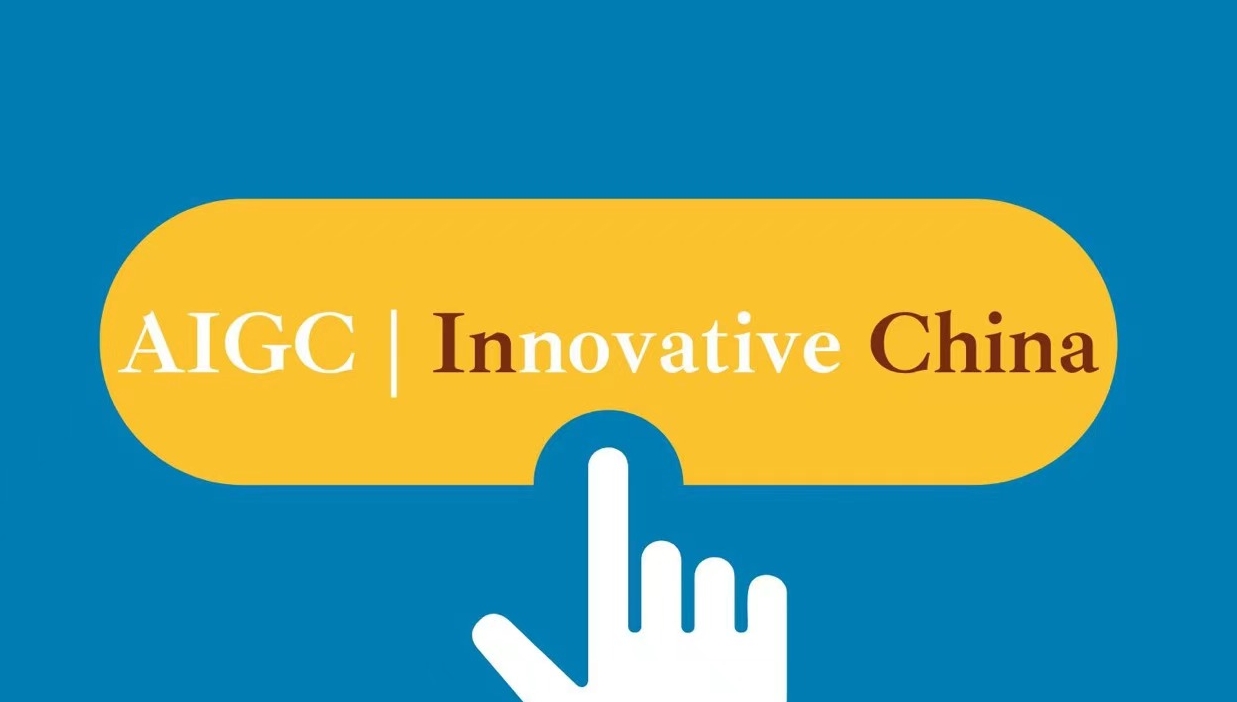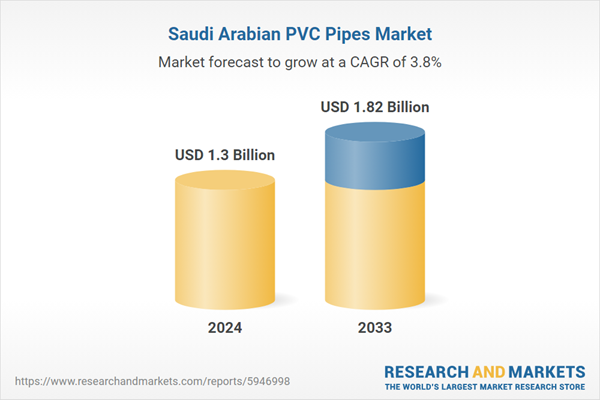Exploring Pathways for Sustainable Energy Development – 中国科技网

Report on the SCO Forum: Industrial Innovation for Sustainable Energy Development
Executive Summary
A parallel forum conducted during the Shanghai Cooperation Organization (SCO) Energy Ministers’ Meeting focused on “Industrial Innovation for Sustainable Energy Development.” The event, hosted by China’s National Energy Administration (NEA) and the People’s Government of Zhejiang Province, convened government, industry, and academic stakeholders to formulate collaborative strategies for energy innovation. The discussions were framed within the context of the 2025 SCO Year of Sustainable Development, with a significant emphasis on advancing the United Nations’ Sustainable Development Goals (SDGs).
Alignment with Sustainable Development Goals (SDGs)
The forum’s agenda and outcomes directly support several key SDGs, establishing a regional framework for global sustainability targets:
- SDG 7 (Affordable and Clean Energy): The core objective was to promote access to affordable, reliable, and sustainable energy by fostering cooperation in renewables, energy efficiency, and the low-carbon transformation of traditional energy sectors.
- SDG 9 (Industry, Innovation, and Infrastructure): The theme of “Industrial Innovation” underscores the commitment to building resilient infrastructure and fostering innovation. Discussions centered on technology development, digital transformation of energy systems, and infrastructure connectivity to support sustainable industrialization.
- SDG 13 (Climate Action): Participants addressed the urgent need for climate action by advocating for green, low-carbon growth and the implementation of strategies to transition away from carbon-intensive energy sources.
- SDG 17 (Partnerships for the Goals): The forum exemplified SDG 17 by leveraging the SCO as a multilateral platform to strengthen regional and global partnerships for sustainable development, calling for enhanced policy coordination, technology sharing, and joint investment.
Strategic Initiatives and Policy Frameworks
Key strategic directives were outlined to guide regional energy cooperation and achieve sustainability targets. These initiatives are designed to create a cohesive and effective energy landscape within the SCO.
- The SCO Member States’ 2030 Energy Cooperation Development Strategy: This recently adopted strategy provides a roadmap for collaboration across critical sectors, including oil and gas, electricity, renewables, nuclear energy, and energy-saving technologies. Its implementation is expected to unlock the collective technological potential of member nations.
- Call for Enhanced Cooperation Mechanisms: Ren Jingdong, Deputy Director of the NEA, called for a multi-faceted approach to strengthen cooperation. This includes:
- Stronger policy coordination among member states.
- Increased technical collaboration and talent exchanges.
- Alignment of technical standards and systems.
- Mobilization of financial support for green projects.
- Focus on Resource Complementarity: A foundational principle of the proposed cooperation is leveraging the complementary strengths of SCO countries in natural resources, technological capabilities, and renewable energy value chains to enhance regional energy security and drive economic integration.
A New Vision for China-SCO Energy Cooperation
The CNPC Economics and Technology Research Institute released a pivotal report titled “A New Vision for China-SCO Cooperation on Energy.” The report proposes a comprehensive framework to deepen energy collaboration, contributing directly to SDG 7 and SDG 9.
Key Components of the Proposed Framework:
- Establishment of Four Coordinated Chains: The report advocates for an integrated system comprising an industrial chain, supply chain, value chain, and information chain to promote synergistic development across the energy sector.
- Core Pillars for Implementation: The framework is built on several key pillars:
- Digital Empowerment: Utilizing digital technologies to optimize energy systems.
- Innovation-Driven Mechanisms: Fostering a culture of continuous innovation.
- Green Collaboration: Prioritizing environmentally sustainable practices.
- Comprehensive Risk Management: Building resilience against market and geopolitical volatility.
- Cooperative Governance: Operating on the principle of shared prosperity and mutual benefit.
Conclusion: A Commitment to a Shared Sustainable Future
The forum underscored that multilateral cooperation is essential for navigating the global energy transition and climate challenges. Participants affirmed that innovation is the primary catalyst for sustainable development, emphasizing that technology sharing and institutional cooperation create shared value. By balancing the development of fossil fuels with the expansion of renewables and strengthening market and policy mechanisms, the SCO aims to build a resilient and sustainable energy future. This commitment positions the SCO to offer a significant contribution to global energy governance and the achievement of the 2030 Agenda for Sustainable Development.
1. Which SDGs are addressed or connected to the issues highlighted in the article?
SDG 7: Affordable and Clean Energy
- The article is centered on the theme of “Industrial Innovation for Sustainable Energy Development.” It extensively discusses cooperation on renewable energy, energy efficiency (e.g., “coal efficiency, and energy-saving technologies”), and building a “clean energy partnership” among Shanghai Cooperation Organization (SCO) member states to ensure regional energy security and sustainability.
SDG 9: Industry, Innovation, and Infrastructure
- The forum’s theme directly links to this goal. The article highlights the importance of “industrial innovation,” “technology development,” “digital transformation,” and “infrastructure connectivity” as core engines for sustainable energy. It mentions building a “secure, interconnected, and diverse energy system” and unlocking the “technological potential of SCO nations.”
SDG 13: Climate Action
- The article addresses climate action through its focus on a “green, low-carbon growth” model and the “low-carbon transformation of traditional energy sectors.” The discussions are framed within the context of solving global “energy and climate challenges” and pursuing a “green transition.”
SDG 17: Partnerships for the Goals
- The entire article exemplifies this goal. It describes a multilateral partnership (the SCO) where “government officials, industry leaders, and experts” collaborate. It emphasizes “joint efforts,” “policy coordination,” “technical collaboration,” “financial support,” and “multilateral cooperation” as essential for achieving shared energy and sustainability goals, proposing an “SCO solution” to global energy governance.
2. What specific targets under those SDGs can be identified based on the article’s content?
Targets for SDG 7: Affordable and Clean Energy
- Target 7.2: By 2030, increase substantially the share of renewable energy in the global energy mix. This is identified through the focus on “green, low-carbon growth,” cooperation in “renewables,” and the stated aim to build a “clean energy partnership.”
- Target 7.3: By 2030, double the global rate of improvement in energy efficiency. This is reflected in the “SCO Member States’ 2030 Energy Cooperation Development Strategy,” which explicitly includes “coal efficiency, and energy-saving technologies” as areas for cooperation.
- Target 7.a: By 2030, enhance international cooperation to facilitate access to clean energy research and technology… and promote investment in energy infrastructure and clean energy technology. The article is a testament to this target, detailing calls for “stronger policy coordination, technical collaboration,” “technology sharing,” “increased financial support,” and “large-scale investments” in energy projects among SCO countries.
Targets for SDG 9: Industry, Innovation, and Infrastructure
- Target 9.1: Develop quality, reliable, sustainable and resilient infrastructure… including regional and transborder infrastructure. This is supported by the mention of deepening energy cooperation through “infrastructure connectivity” and the commitment to building a “secure, interconnected, and diverse energy system.”
- Target 9.4: By 2030, upgrade infrastructure and retrofit industries to make them sustainable… and greater adoption of clean and environmentally sound technologies. This is evident in the discussions on the “low-carbon transformation of traditional energy sectors,” “innovation in renewable energy,” and the “digitalization of energy systems.”
- Target 9.b: Support domestic technology development, research and innovation in developing countries. The article points to this by highlighting the goal to “unlock the technological potential of SCO nations” and establish “innovation-driven mechanisms.”
Targets for SDG 13: Climate Action
- Target 13.2: Integrate climate change measures into national policies, strategies and planning. The adoption of the “SCO Member States’ 2030 Energy Cooperation Development Strategy,” which is guided by “green transition goals,” demonstrates the integration of climate considerations into regional strategic planning.
Targets for SDG 17: Partnerships for the Goals
- Target 17.6: Enhance… regional and international cooperation on and access to science, technology and innovation. The SCO forum itself, which brings nations together to explore “collaborative pathways for advancing energy innovation,” directly aligns with this target. The emphasis on “technology sharing” further supports this.
- Target 17.9: Enhance international support for implementing effective and targeted capacity-building in developing countries. This is identified in the call for “stronger policy coordination, technical collaboration, standardized system alignment, increased financial support, and talent exchanges” to build resilience and contribute an “SCO solution” to global governance.
- Target 17.16: Enhance the Global Partnership for Sustainable Development, complemented by multi-stakeholder partnerships. The forum is a multi-stakeholder partnership, bringing together “government officials, industry leaders, and experts” to advance sustainable development, which is a core principle of this target.
3. Are there any indicators mentioned or implied in the article that can be used to measure progress towards the identified targets?
Indicators for SDG 7 Targets
- Increased share of renewable energy: Progress can be measured by the growth in the number and capacity of joint “renewables” projects and the overall percentage of energy derived from clean sources within the SCO region, as discussed in the article.
- International financial flows for clean energy: The call for “increased financial support” and the mention of “large-scale investments in oil and gas projects” imply that tracking the volume of financial investment in sustainable energy infrastructure and technology within the SCO is a key indicator.
- Improvements in energy efficiency: The inclusion of “coal efficiency, and energy-saving technologies” in the 2030 strategy implies that progress can be measured by tracking efficiency gains and the adoption rate of these technologies in member states.
Indicators for SDG 9 Targets
- Development of sustainable and resilient infrastructure: Progress is indicated by the establishment of new “infrastructure connectivity” projects, such as cross-border power grids or pipelines, that create a more “secure, interconnected, and diverse energy system.”
- Adoption of clean technologies: The rate of “digitalization of energy systems” and the implementation of technologies that support the “low-carbon transformation of traditional energy sectors” serve as measurable indicators.
- Number of joint innovation projects: The emphasis on “joint efforts in technology development” and “joint energy projects” implies that the number of such collaborative initiatives can be used as an indicator of progress in innovation.
Indicators for SDG 13 Targets
- Integration of climate change measures into policies: The primary indicator mentioned is the formal adoption and subsequent “implementation of this strategy” (the “SCO Member States’ 2030 Energy Cooperation Development Strategy”), which outlines a path for a “green transition.”
Indicators for SDG 17 Targets
- Number of collaborative agreements and partnerships: The SCO forum itself, the adoption of the 2030 strategy, and the proposed establishment of a system of four chains (industrial, supply, value, information) are all tangible indicators of partnership in action.
- Implementation of capacity-building initiatives: Progress can be measured by the number of “talent exchanges” and joint “technical collaboration” programs established among SCO member states, as called for in the article.
4. Create a table with three columns titled ‘SDGs, Targets and Indicators’ to present the findings from analyzing the article.
| SDGs | Targets | Indicators |
|---|---|---|
| SDG 7: Affordable and Clean Energy | 7.2: Increase substantially the share of renewable energy. | Increased number of joint projects in “renewables” and a higher share of clean energy in the regional energy mix. |
| SDG 7: Affordable and Clean Energy | 7.3: Double the global rate of improvement in energy efficiency. | Adoption rate of “coal efficiency, and energy-saving technologies” as outlined in the 2030 strategy. |
| SDG 7: Affordable and Clean Energy | 7.a: Enhance international cooperation and investment in clean energy. | Volume of “increased financial support” and “large-scale investments” in sustainable energy projects. |
| SDG 9: Industry, Innovation, and Infrastructure | 9.1: Develop quality, reliable, sustainable and resilient infrastructure. | Establishment of new “infrastructure connectivity” projects (e.g., cross-border grids, pipelines). |
| SDG 9: Industry, Innovation, and Infrastructure | 9.4: Upgrade infrastructure and industries for sustainability. | Rate of “low-carbon transformation of traditional energy sectors” and “digitalization of energy systems.” |
| SDG 9: Industry, Innovation, and Infrastructure | 9.b: Support domestic technology development, research and innovation. | Number of “joint energy projects” and initiatives to “unlock the technological potential of SCO nations.” |
| SDG 13: Climate Action | 13.2: Integrate climate change measures into policies and strategies. | The adoption and “implementation” of the “SCO Member States’ 2030 Energy Cooperation Development Strategy.” |
| SDG 17: Partnerships for the Goals | 17.6: Enhance regional and international cooperation on science, technology and innovation. | Number of collaborative agreements on “technology sharing” and “technical collaboration.” |
| SDG 17: Partnerships for the Goals | 17.9: Enhance international support for capacity-building. | Number of “talent exchanges” and other capacity-building programs implemented. |
| SDG 17: Partnerships for the Goals | 17.16: Enhance the Global Partnership, complemented by multi-stakeholder partnerships. | The continuation of the SCO Energy Ministers’ Meeting and its parallel forums involving government, industry, and experts. |
Source: stdaily.com

What is Your Reaction?
 Like
0
Like
0
 Dislike
0
Dislike
0
 Love
0
Love
0
 Funny
0
Funny
0
 Angry
0
Angry
0
 Sad
0
Sad
0
 Wow
0
Wow
0












































































